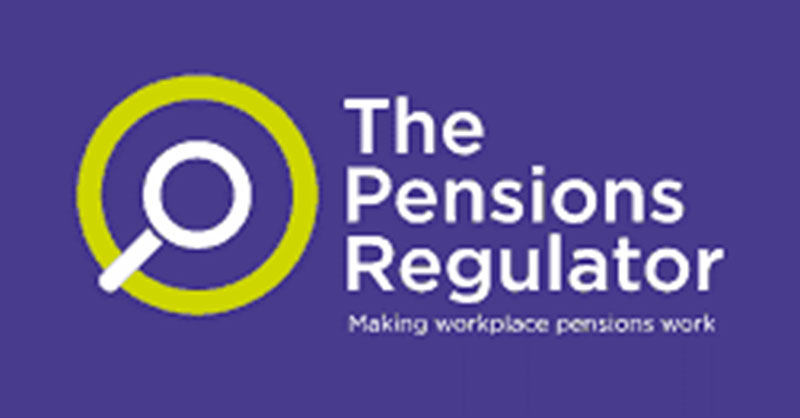Pecunia can manage your pension schemes as well as your payroll, keeping everything under 1 roof. Should you use Pecunia for pension management, we will take care of the admin, chasing, setting up of new staff/leavers and most importantly, ensure correct contributions are being made by both employee’s and employers.
Under the Pensions Act 2008, every employer in the UK must put certain staff into a workplace pension scheme and contribute towards it. This is called ‘automatic enrolment’. Whether you’re an architect, a newsagent, have a personal care assistant or a nanny, you are an employer from the day your first member of staff starts working for you. You have automatic enrolment duties from this date.
All employers have duties, but the duties you need to carry out will depend on your particular circumstances. You will have to work out if you need to provide a pension scheme or whether you don’t have to provide a pension scheme, but still have other duties.
Duties start date: The date your first member of staff starts working for you. Your legal duties begin on this date. If you put your staff into your pension scheme on this date, you need to start paying contributions into it from the next payday after this date.
The date by which you must tell us how you have met your legal duties for automatic enrolment. You must do this by completing an online form known as your declaration of compliance.
This is a legal duty and you must do this by your deadline even if you don’t have any staff to put into a pension scheme. If you don’t do this, you may face enforcement action including fines.
If anyone who works for you on your duties start date is:
• aged between 22 and up to state pension age
• and earns more than £833 per month (£192 per week)
you are an employer who has to provide a pension scheme. You’ll need to put your staff into your pension scheme on your duties start date and you will need to start paying contributions into it from the next payday after this date. You need to make sure that at least the minimum contribution is being paid, unless you have agreed a different amount with your pension scheme.
One you have worked out whether you need to provide a pension scheme and which of your employees are eligible, you then need to write to your staff. It is your legal duty to write to all your staff individually to explain how automatic enrolment applies to them. You must do this within six weeks after your duties start date.
Your next step is to declare your compliance. You have a deadline to complete this five months after your duties start date. This is your legal duty to tell us how you’ve met your other duties. Failure to do this could result in you being fined.
By law a total minimum amount of contributions must be paid into your chosen pension scheme. You, the employer, must make a minimum contribution towards this amount and your staff member must make up the difference. If you decide to cover the total minimum amount required, your staff member won’t need to pay anything. It is your responsibility to make sure the correct contributions are paid.
The total minimum contribution from 6 April 2019 is 8%. This is made up of 5% contributions coming from the employee and 3% contributions coming from the employer.
You can of course pay more, but the above minimums MUST be met.
Once you have completed your initial duties and declaration of compliance you still have ongoing duties towards your staff.
These include:
• assessing any new staff you take on to see if they meet the age and earnings criteria to be put into a pension scheme.
• monitoring the ages and earnings of your staff every time you pay them to see if they need to be put into a pension scheme
• paying at least the minimum contribution levels into their pension scheme
• dealing with requests to join and leave the pension scheme
• keeping accurate records of what you have done.









Every three years after your duties start date you’ll need to assess staff not in your pension scheme, this includes certain staff that were previously automatically enrolled but have left your pension scheme. If they meet the criteria to be put back into your pension scheme, then you must do so. This is known as re-enrolment.
Pecunia Pro Limited are registered as a payroll bureau with the pension regulator and can complete all employer declarations on your behalf via our own portal, keeping you up to date and compliant with the pension services. The Pension Regulator logo is on the word doc with the pension providers






